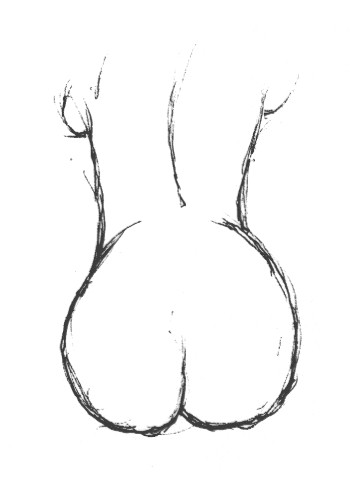Here is an extract of the latest review of Marine Parasitology (CSIRO Publishing Melbourne and CABI Oxford), edited by me, as posted on the website of CSIRO Publishing. I shall add the complete review when available.
“This work should be considered the standard in its field.” “Individuals interested in parasites in any natural system would be rewarded by referring to this work.” “The rigor of the material presented is appropriate for scientifically sophisticated readers. Highly recommended.”
S.R. Fegley, Maine Maritime Academy, Choice Reviews Online
For earlier reviews see my post Marine Parasitology.












